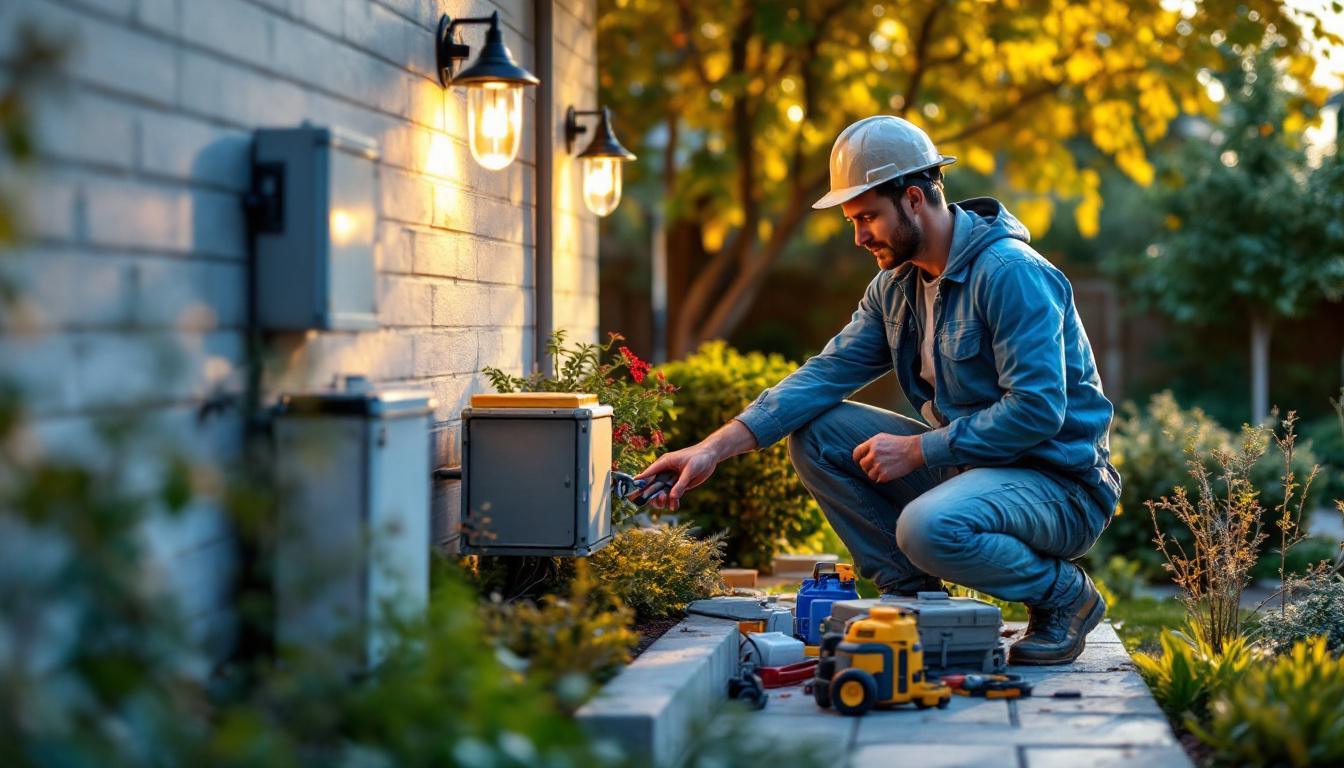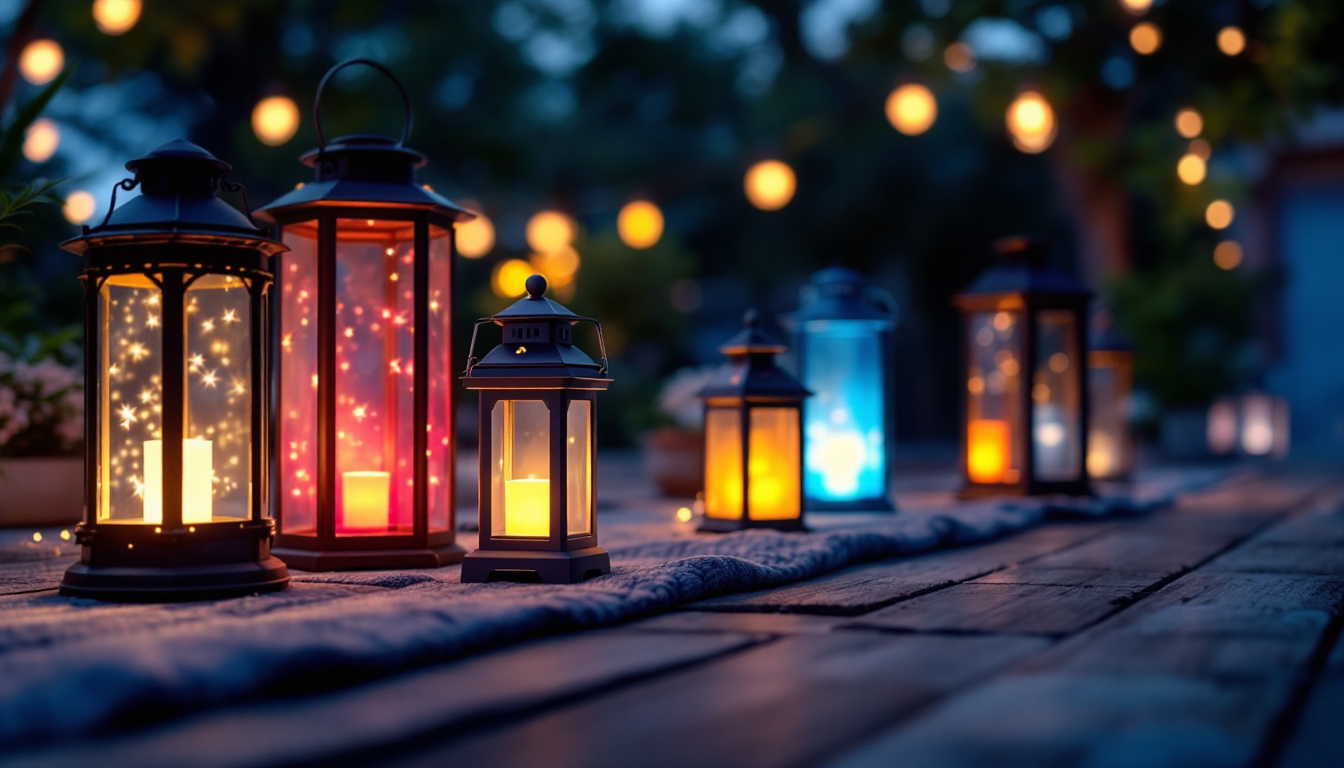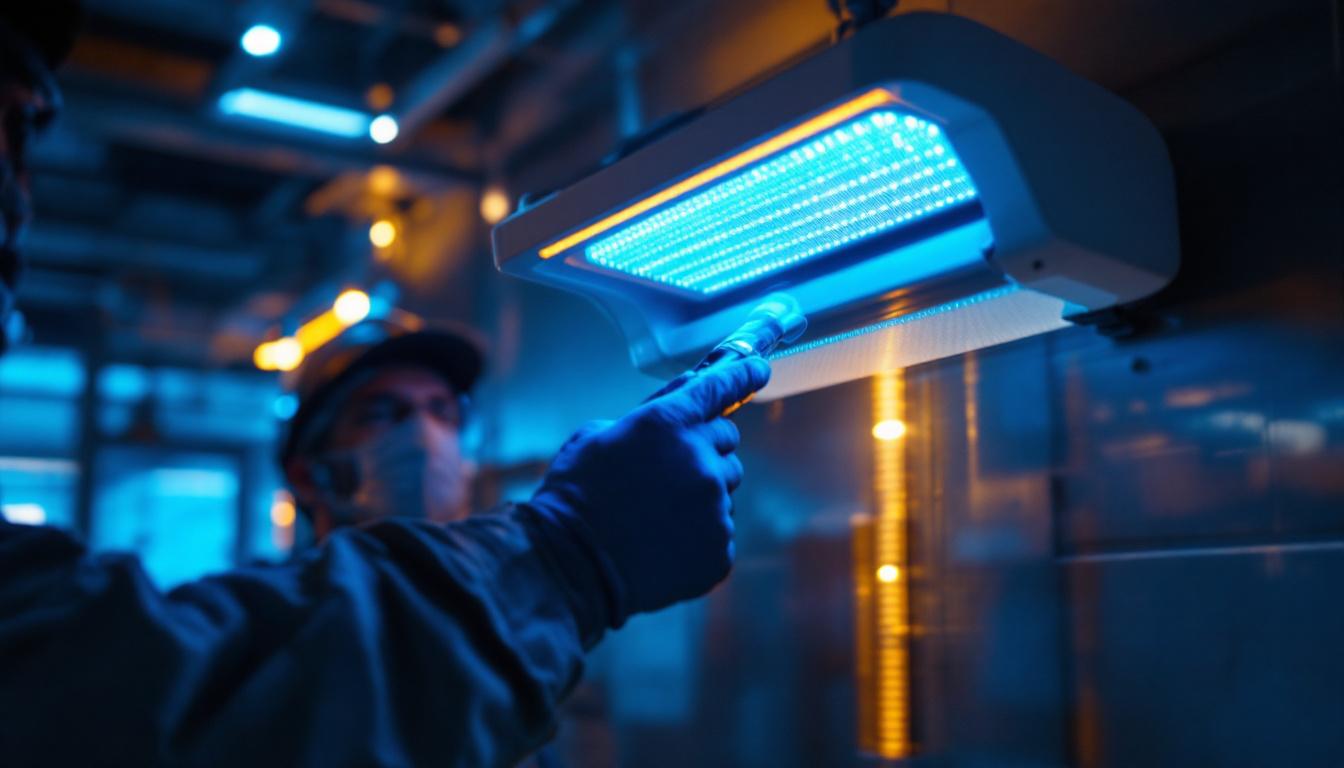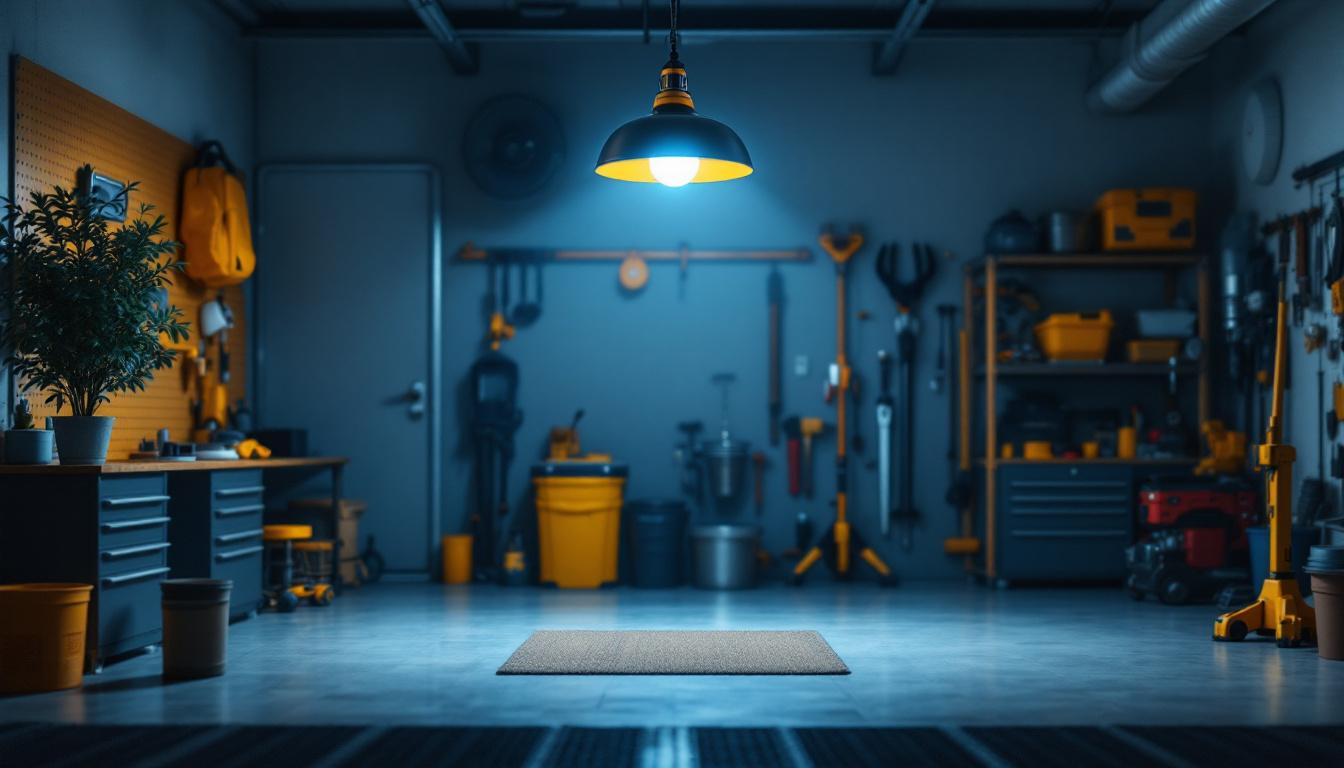
Outdoor lighting projects face unique challenges that indoor installations simply don’t encounter. Exposure to rain, dust, extreme temperatures, and UV rays can quickly degrade electrical components if they aren’t properly protected. Weatherproof boxes serve as the frontline defense, ensuring that wiring, connections, and control units remain safe and functional over time.
For lighting contractors, overlooking the importance of weatherproof enclosures can lead to costly callbacks, safety hazards, and unsatisfied clients. A single failure due to moisture ingress or corrosion can compromise entire lighting systems, especially in commercial or high-traffic environments where reliability is non-negotiable.
Outdoor environments vary widely—from coastal areas with salty air to urban spaces with high pollution levels. Each condition poses distinct threats to electrical components. Moisture is the most common culprit, entering through tiny gaps and causing short circuits or rust. Dust and debris can clog ventilation and interfere with connections. Temperature swings cause expansion and contraction, stressing seals and joints.
Lighting contractors must assess the site conditions carefully before selecting weatherproof boxes. A box rated for mild rain exposure might fail in a location prone to heavy storms or flooding. Similarly, enclosures that don’t block UV rays may degrade plastics and rubber seals over time, leading to cracks and leaks.
Moreover, the choice of materials used in weatherproof boxes is crucial. High-quality enclosures are often made from corrosion-resistant metals or durable plastics that can withstand harsh environmental conditions. For example, marine-grade stainless steel is an excellent option for coastal installations, as it resists rust and corrosion caused by saltwater. Additionally, some manufacturers incorporate advanced coatings that enhance UV resistance, ensuring that the enclosures maintain their integrity and appearance over time. By investing in superior materials, contractors can significantly extend the lifespan of outdoor lighting systems, ultimately leading to greater customer satisfaction and reduced maintenance costs.
Furthermore, proper installation techniques play a vital role in the effectiveness of weatherproofing. Even the best enclosures can fail if not installed correctly. Contractors should pay close attention to sealing methods, ensuring that all joints and connections are watertight. Utilizing gaskets, sealants, and appropriate fasteners can help create a robust barrier against the elements. Regular maintenance checks are also advisable to catch any potential issues early, allowing for timely repairs and adjustments that can prevent more extensive damage down the line. By prioritizing both quality materials and installation practices, lighting professionals can ensure that their outdoor lighting solutions are not only aesthetically pleasing but also resilient against the challenges posed by the environment.
Not all weatherproof boxes are created equal. Choosing the right enclosure involves understanding technical specifications and matching them to the project’s demands. Here are some critical features lighting contractors should prioritize.
The IP rating system is the industry standard for measuring how well an enclosure protects against solids and liquids. For outdoor lighting, a minimum of IP65 is generally recommended, meaning the box is dust-tight and protected against water jets from any direction.
Higher ratings like IP66 or IP67 offer even greater protection, with IP67 allowing temporary immersion in water. Selecting the appropriate IP rating depends on the installation environment—areas with heavy rainfall or flooding risks require more robust protection. Additionally, understanding the local climate can help in making informed choices; for example, regions prone to snow or ice may necessitate features that prevent the accumulation of moisture and ice buildup, which can compromise the integrity of the enclosure over time.
Weatherproof boxes come in various materials such as polycarbonate, fiberglass, stainless steel, and aluminum. Polycarbonate is popular for its impact resistance and transparency, but it must be UV stabilized to prevent brittleness. Fiberglass offers excellent corrosion resistance and is lightweight, making it suitable for coastal or industrial sites.
Metal enclosures provide superior strength and heat dissipation but may require coatings to prevent rust. Lighting contractors should consider the trade-offs between weight, durability, and corrosion resistance when specifying materials. Furthermore, the choice of material can also affect thermal performance; for instance, materials with higher thermal conductivity can help dissipate heat from electrical components, which is crucial in maintaining optimal performance and longevity of the lighting fixtures housed within.
The effectiveness of a weatherproof box often hinges on its sealing system. High-quality gaskets made from silicone or EPDM rubber create tight seals that block moisture and dust. Hinged lids with secure latches or screws ensure the enclosure stays closed under harsh conditions.
Contractors should inspect gasket integrity during installation and recommend periodic maintenance checks. Even the best seals can degrade over time due to temperature cycling and UV exposure. Additionally, the design of the enclosure should facilitate easy access for maintenance without compromising the seal; features like removable panels or quick-access doors can be beneficial for ongoing upkeep. Understanding the lifecycle of the materials used in gaskets and seals can also inform contractors about when replacements may be necessary, ensuring that the enclosures remain effective over time and continue to protect sensitive electrical components from the elements.
Choosing the right weatherproof boxes can streamline project execution and reduce unforeseen expenses. Conversely, improper selection or installation can cause delays and inflate costs.
Modern weatherproof boxes often come with pre-drilled knockouts, mounting brackets, and modular designs that simplify wiring and assembly. This can significantly cut down installation time, especially on large-scale projects with numerous fixtures.
Contractors who plan ahead and specify enclosures compatible with their lighting systems avoid last-minute modifications or replacements. This foresight translates into smoother workflows and better client satisfaction.
Weatherproof boxes that effectively protect components reduce the frequency of maintenance visits and emergency repairs. This is particularly important for commercial clients who rely on consistent lighting for safety and aesthetics.
Investing in higher-quality enclosures upfront may seem costly but pays dividends by extending system lifespan and lowering total cost of ownership. Lighting contractors can use this argument to justify premium products to clients focused on long-term value.
Electrical codes and safety standards play a crucial role in outdoor lighting projects. Weatherproof boxes must meet specific certifications to ensure safe operation and legal compliance.
National and local electrical codes often mandate the use of enclosures with certain IP ratings or material standards for outdoor installations. Lighting contractors must stay current with these regulations to avoid violations that can halt projects or lead to fines.
Using certified weatherproof boxes also protects contractors from liability in case of electrical faults or accidents caused by improper enclosure selection.
Some lighting components generate heat, which can accumulate inside enclosed spaces. Weatherproof boxes designed with ventilation or heat-resistant materials help prevent overheating and potential fire hazards.
Contractors should evaluate the heat output of lighting fixtures and control gear, selecting enclosures that accommodate adequate airflow or thermal management features.
Examining practical examples highlights how weatherproof box choices affect project outcomes.
A contractor installing LED lighting in a large parking lot chose IP65-rated polycarbonate boxes with silicone gaskets. The site experienced heavy rain and dust storms. Over several years, the enclosures maintained integrity, and the lighting system operated without interruption, earning praise from the client for reliability.
In a coastal resort, a contractor initially used standard plastic enclosures that were not UV stabilized. After a season, many boxes cracked and allowed saltwater ingress, causing fixture failures. The contractor replaced them with fiberglass boxes specifically designed for marine environments, which resolved the issues and improved customer satisfaction.
During a retrofit of street lighting in a busy city center, a contractor selected stainless steel weatherproof boxes with IP67 ratings. The boxes also featured built-in heat dissipation fins. This choice ensured compliance with local codes and prevented overheating, reducing maintenance calls in a high-traffic area.
Success in outdoor lighting projects depends on more than just product selection. Proper installation and ongoing maintenance are equally vital.
Before specifying weatherproof boxes, contractors should conduct detailed site evaluations. Understanding environmental conditions, exposure levels, and client expectations guides appropriate product choices.
Seals must be installed without damage, and cable entries properly sealed with grommets or sealants. Over-tightening screws can deform gaskets, while under-tightening risks water ingress. Training installers on these nuances prevents common failures.
Even the best weatherproof boxes require periodic checks. Contractors should advise clients on inspection schedules, focusing on gasket condition, enclosure integrity, and signs of corrosion or wear.
Proactive maintenance extends system life and avoids costly emergency repairs.
For lighting contractors, outdoor weatherproof boxes are a critical component that influences project success from start to finish. Selecting the right enclosure means balancing environmental protection, material durability, compliance, and cost-effectiveness.
Understanding the nuances of IP ratings, materials, and installation best practices empowers contractors to deliver reliable, long-lasting lighting solutions. Ultimately, investing time and expertise into weatherproof box selection safeguards both the lighting system and the contractor’s reputation.
Ready to enhance the success of your outdoor lighting projects? At LumenWholesale, we provide lighting contractors with the highest quality weatherproof boxes and spec-grade lighting products at unbeatable wholesale prices. Say goodbye to local distributor markups and hello to superior products that meet the most rigorous industry standards. With our hassle-free bulk buying and free shipping, you can trust that you’re getting premium lighting solutions at the best value, without any hidden fees. Elevate your lighting installations today and experience the perfect blend of quality, affordability, and convenience. Visit LumenWholesale for Wholesale Lighting at the Best Value.

Discover why outdoor lantern lights are essential tools for lighting contractors.
Discover the essential guide for lighting contractors with our comprehensive checklist on emergency light fixtures.

Discover the transformative role of UV treatment lamps in boosting safety across lighting installations.

Discover the ultimate guide to choosing the perfect light fixture for your garage.